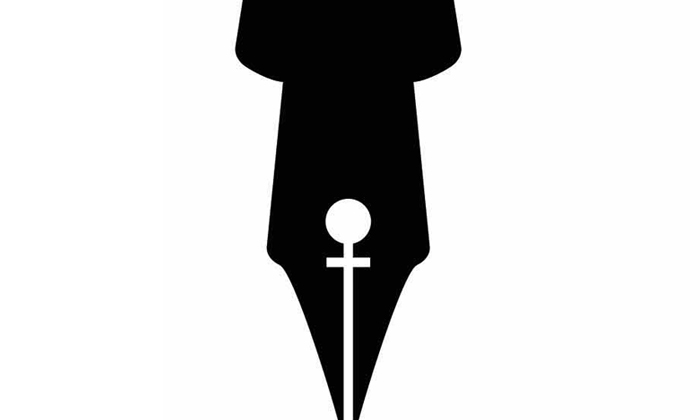If we are heading towards a matriarchal world, why do we need feminism? While countries like New Zealand, UK and the USA are closing down their Women’s Studies Centres, a signboard stating “Women’s Studies Centre” can be found dangling in almost every educational institution in Northeast India. But have these centres been able to achieve their objectives? Recently, Professor Geraldine Forbes of the History Department at the State University of New York Oswego spoke at length about the value of Women’s Studies at Assam’s Tezpur University recently.
One of the oldest centres is at Assam’s Dibrugarh University which has also started offering a one-year part time Postgraduate Certificate Course on Women’s Studies (PGCCWS). This is the first course of this kind in the region. The Centre has a well stocked library with over 1202 books and documents and an archive of newspaper cuttings on various women’s issues.
“India needs to change its attitude towards women. In fact new issues are emerging out of liberalisation like commodifi cation of women. Advertisments set unrealistic standards of femininity- light complexion, petite frame and economic might.”
In fact, women studies began in the 1970s in the West as an outgrowth of the Second Wave Feminism. “It arose as a critique of various women’s movements where women were expected to make tea, sandwiches and not really make decisions. Women began to question their secondary status and challenged the movements and in a way imitated the movements,” says Forbes.
Courses were started on women’s studies and the aim was to question the male centred society and the academic curriculum which was more applicable to the lives of young men than women. These clusters were pulled together to develop a new inter-disciplinary programme. These kinds of studies started in India way back in 1974, when Neera Desai created a model Women’s Studies Centre that combined the ethos of women’s studies and women’s movement at the SNDT University, Mumbai. Vina Mazumdar, academic, feminist, and a pioneer in Women Studies in India followed her by setting up the Centre for Women Development Studies in 1980.
Some countries like UK, New Zealand and the USA are doing away with their Women Studies centres as they think it’s not relevant. “Critics feel that people are conscious of issues because they have become mainstream. Another section of people argue that Women Studies has not changed anything. Women are still discriminated against and branded as whining victims,” adds Forbes.
However, these Centres have been given importance by the University Grants Commission (UGC) since the VII Plan period. Women’s Studies was initially conceptualised as a branch of the social sciences and humanities. However, today, the Women’s Studies Programme, in addition to social sciences and humanities, must engage with other disciplines and professions such as life sciences, biosciences and other areas of science and technology, such as agriculture and forestry, medicine, and architecture, as developments in these areas have a great bearing on women’s lives. The thrust is to develop field action projects for action, research, evaluation and enhancement of knowledge and partnership across boundaries of caste, class, religion, community and occupations.
India needs to change its attitude towards women. In fact new issues are emerging out of liberalisation like commodifi cation of women. Advertisments set unrealistic standards of femininity- light complexion, petite frame and economic might.
Women Studies programmes are interdisciplinary. “We have a mythical disciplinary purity. Inter-disciplinary means nothing more than crossing the street and going to a different shop or ideas to find new things. Say issues like climate change can’t be approached without being inter-disciplinary,” she says.
There is also a new thrust towards gender studies. Th e objective of gender studies is to investigate how gendered are institutions and how institutions gender individuals. “We can do gender studies from a feminist viewpoint. It has the potential to change the society. Gender studies mean we focus on relationships and ideas of masculinity and femininity as relational studies,” says Forbes. The Third Wave Feminism rejects many rigid ideas of the 1970s. Second wave feminism focussed on women and emphasised dualism and did not understand the inter-locking oppressions.
There have also been demands to study men as well. “We study great heroes in history. We don’t study men, how women bring up boys to be men. We have not studied how difficult it is for a man to not perform what he is supposed to perform.”














